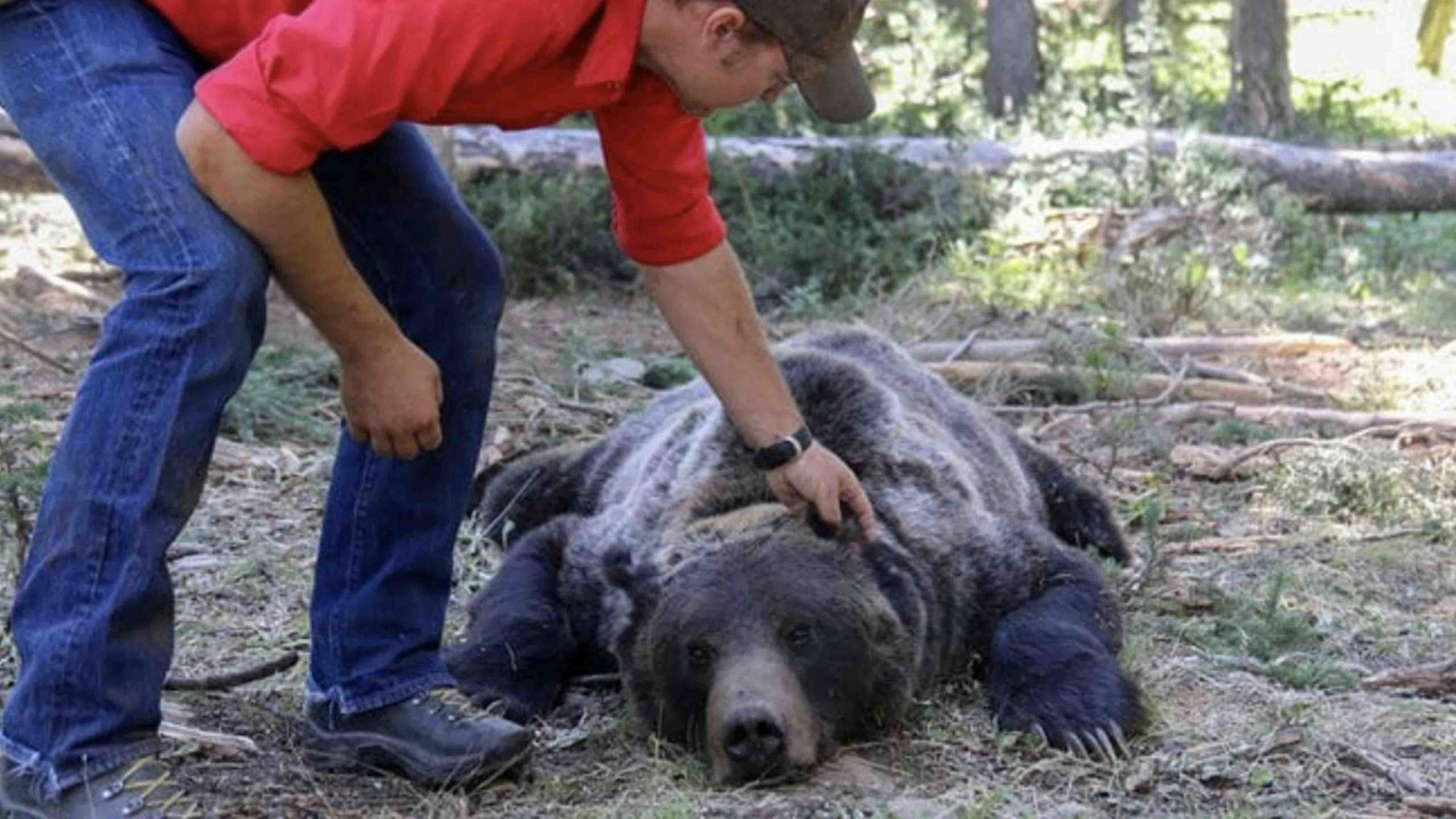The Wyoming Game and Fish Department is being criticized by a wildlife organization for killing 30 grizzly bears in 2021.
The department released its annual grizzly bear report this week, which showed 45 bears were captured in 2021 in 49 separate incidents. Four bears were captured more than once.
Of those 45 bears, 30 were killed by the department, with at least one being killed due to its sick and emaciated state.
In 2020, only 18 grizzlies were killed by the department, while in 2018, 32 were killed.
The report said that 17 of the 30 bears killed were found outside of the demographic monitoring area, the area considered suitable for the long-term viability of grizzlies in the Greater Yellowstone Ecosystem.
Bears are killed after the department receives authorization from the U.S. Fish and Wildlife Service “after careful and thorough deliberation taking into account multiple factors unique to each conflict situation.” Reasons for killing grizzlies include that they have grown used to getting food from human sources or that they have killed livestock.
The Center for Biological Diversity spokeswoman Andrea Zaccardi told Cowboy State Daily on Thursday that it was disappointing to see the department chose to kill so many bears last year.
“Lethal removal of a grizzly bear is supposed to be a last resort,” she said. “But more than 50% of the bears that were captured were killed. So that kind of struck me as not using removal as a last resort.”
Game and Fish biologist Dan Thompson said it is never ideal when the department has to kill a bear.
“We do a lot of work to try to not capture or kill a bear,” he told Cowboy State Daily on Wednesday. “But the fact of the matter is with a healthy, robust, increasing grizzly population and more human use of areas that grizzly bears now occupy, there’s an increased conflict potential.”
Thompson pointed out that the department has actually seen a significant decrease in certain grizzly conflicts, such as the bears getting into garbage or causing property damage, in the last decade.
However, a significant increase in grizzly killings of livestock has occurred, Thompson said. He added the bears see livestock as a tasty and easy meal.
“You can’t capture all the work that’s done to mitigate the conflicts in the report,” he said. “The real meat of what is done throughout the course of the year is talking to livestock producers and working with people to reduce conflict potential.”





